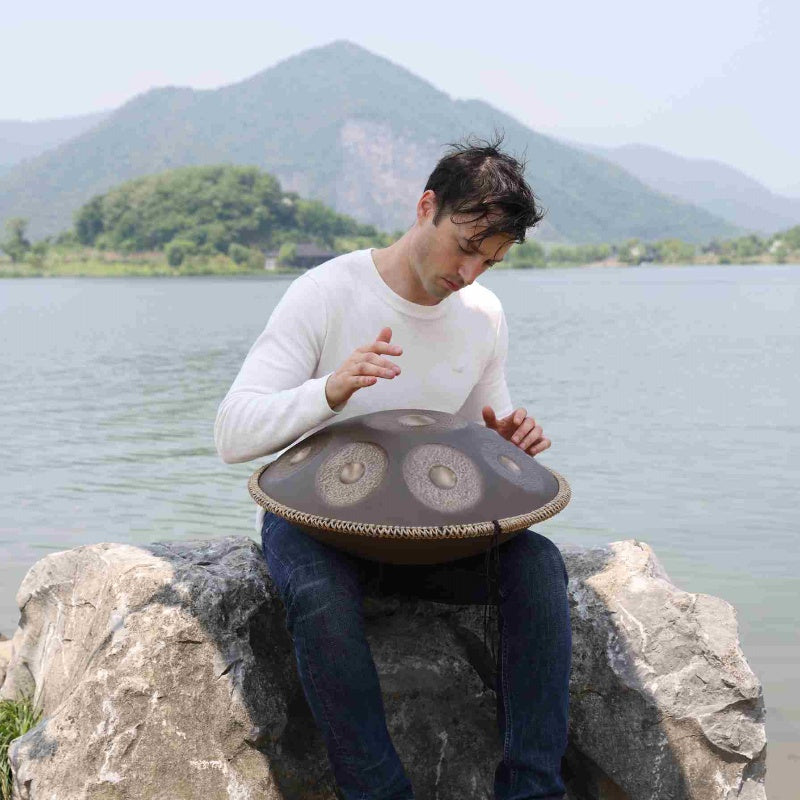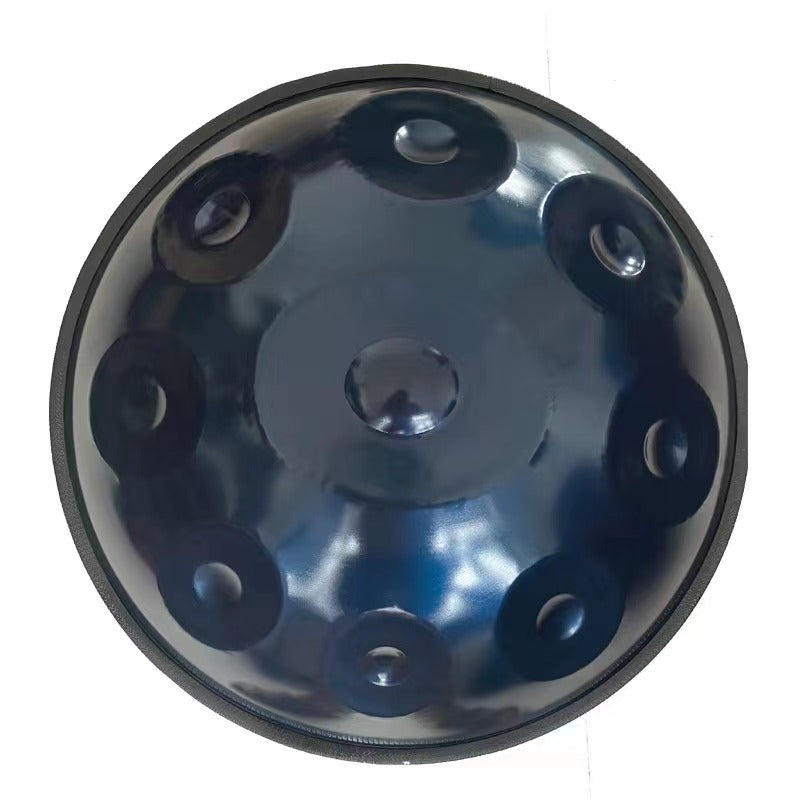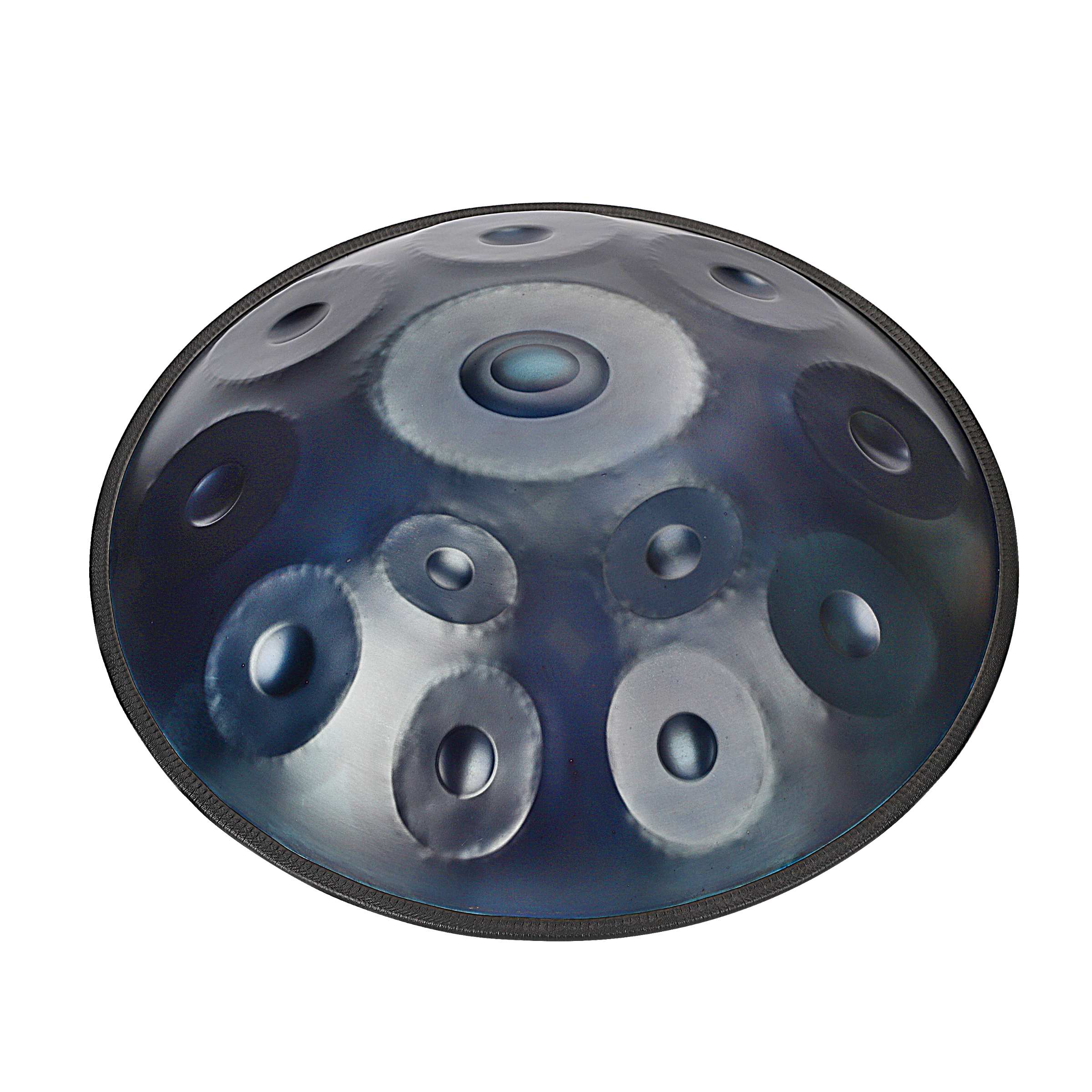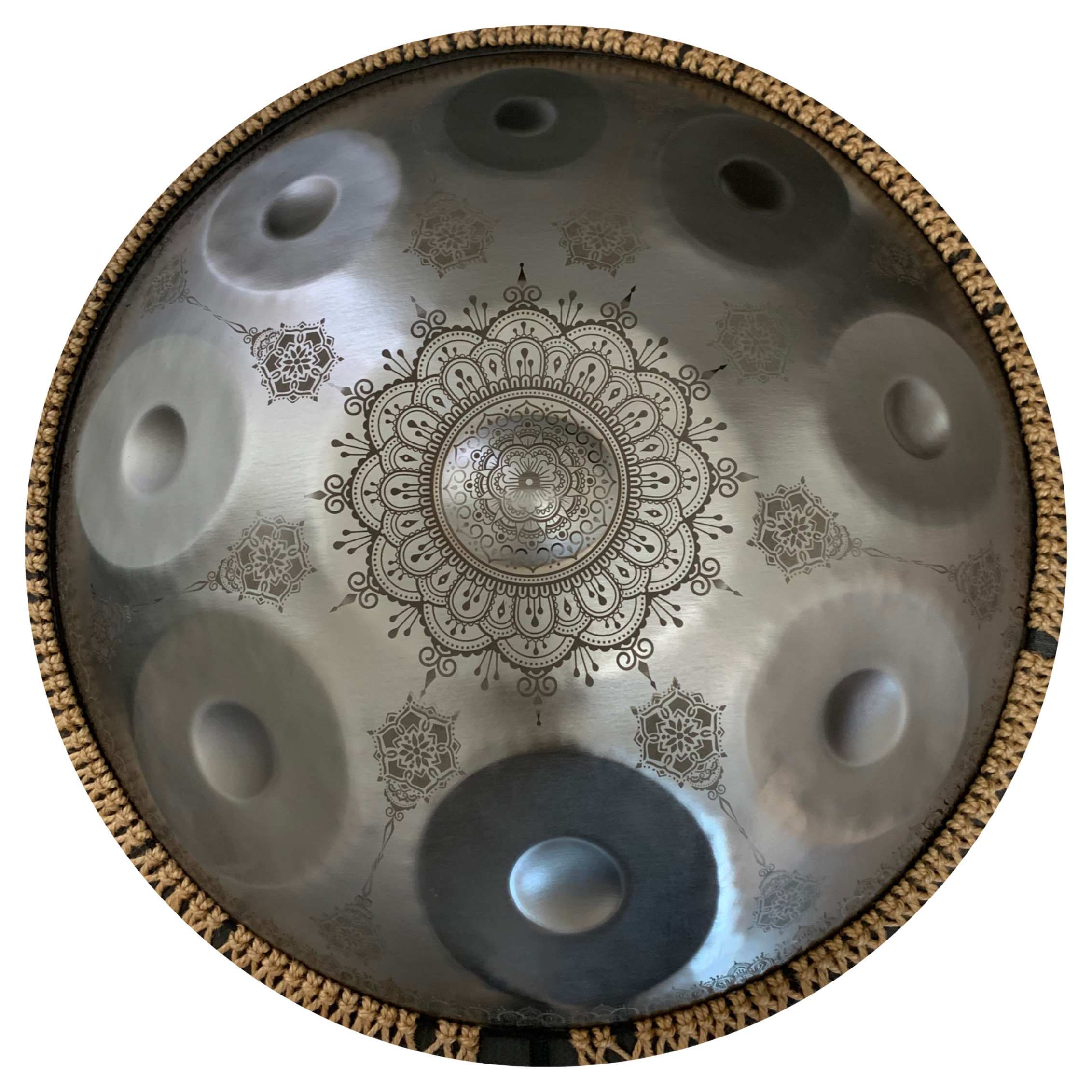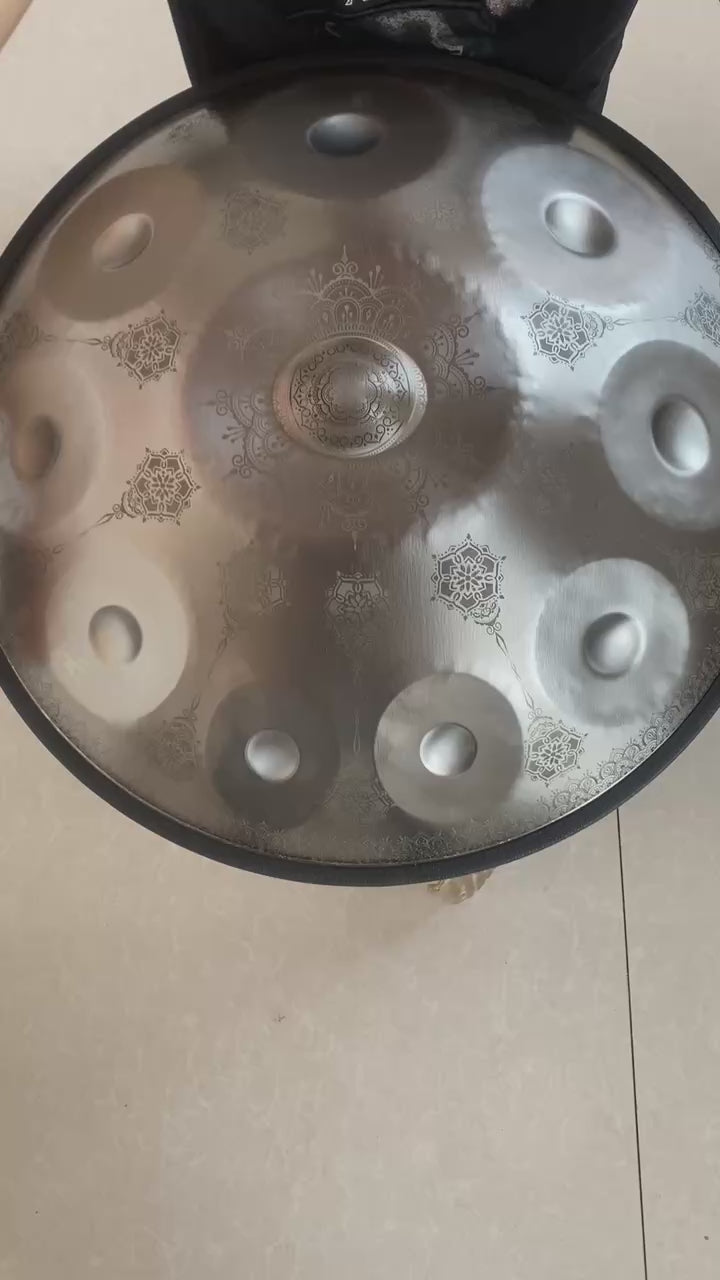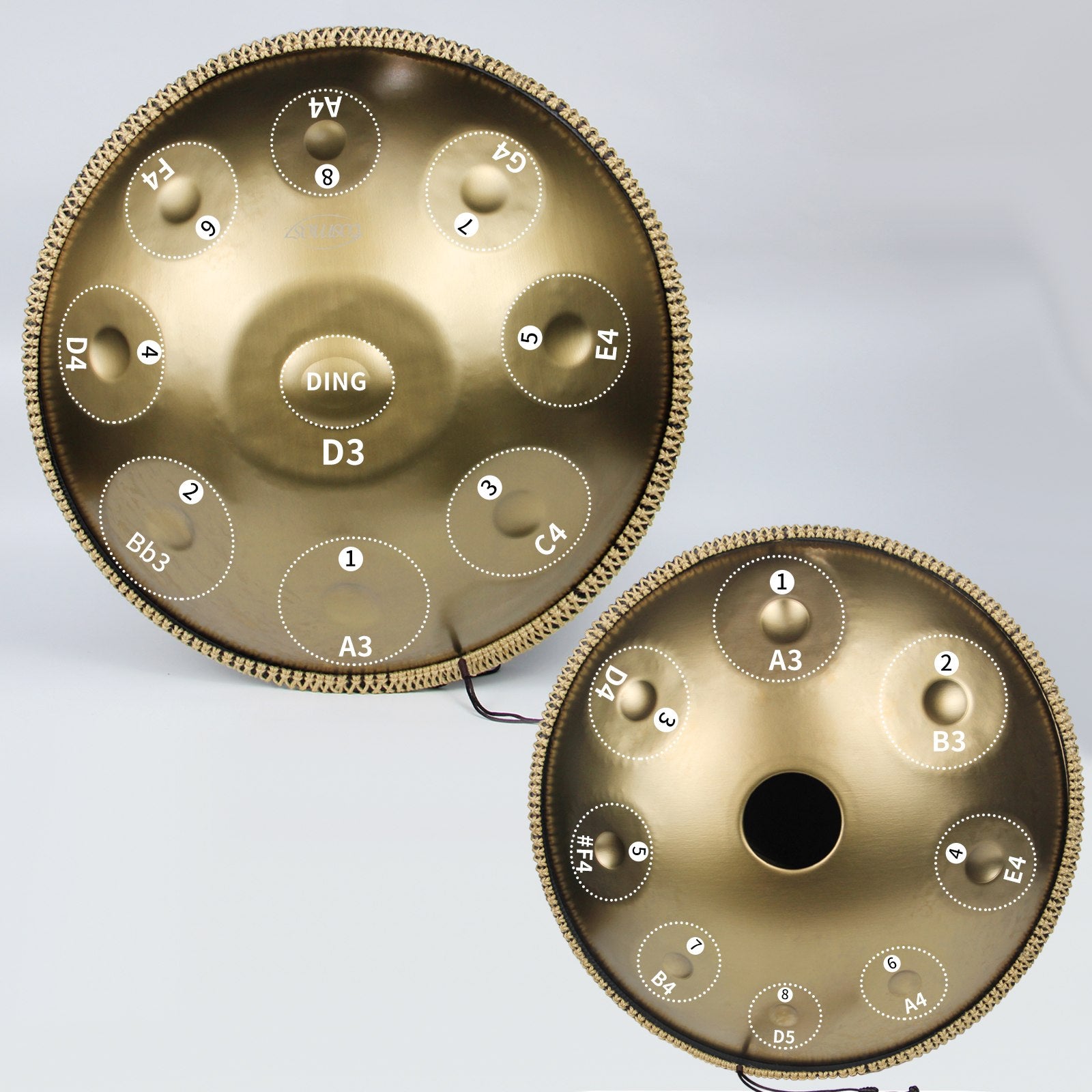Hang instruments, often referred to as hang drums or simply "hangs," have captivated musicians and enthusiasts worldwide with their enchanting tones and unique design. However, understanding the pricing of these intriguing percussion instruments can be challenging due to various factors influencing their cost.
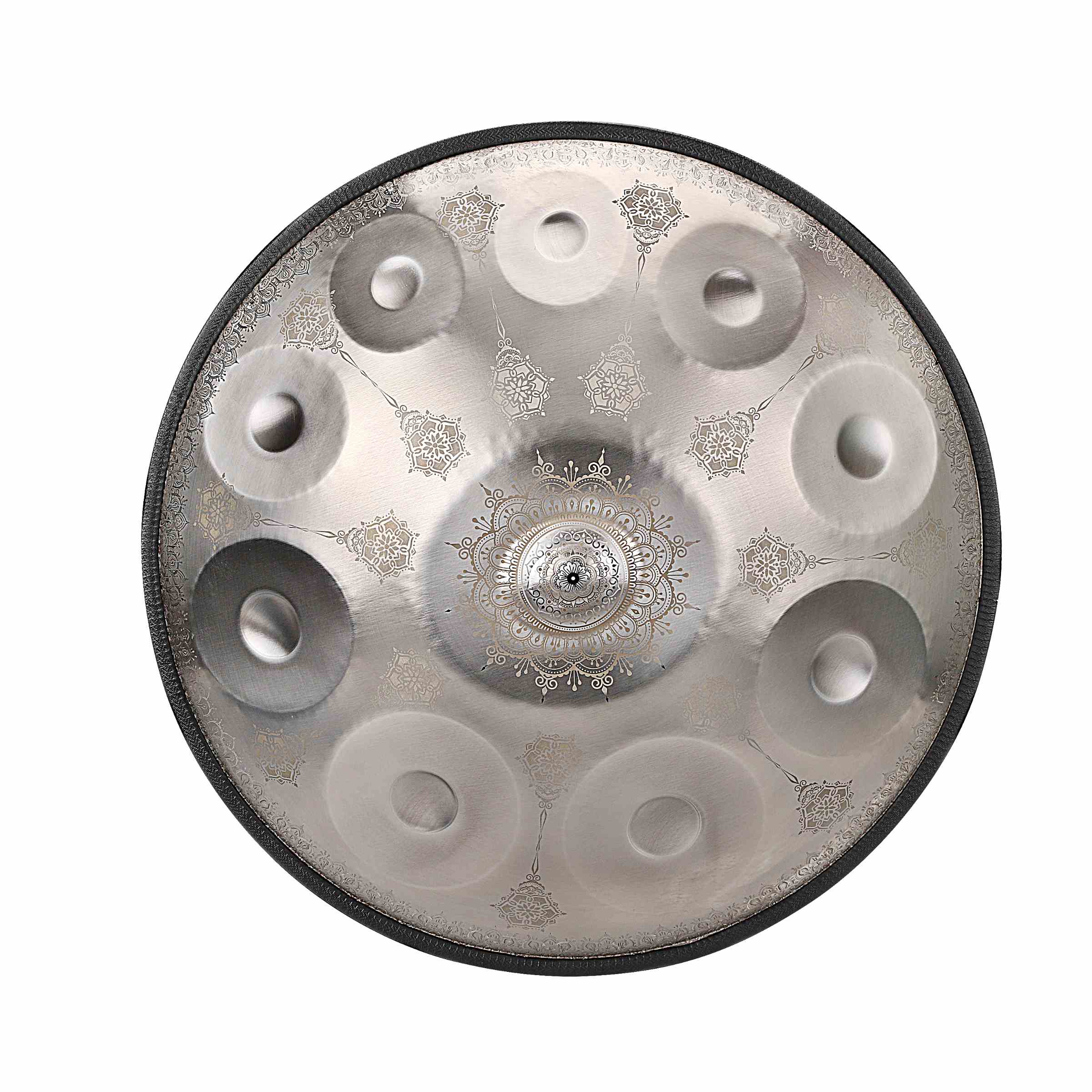
1: Understanding Hang Instrument Prices
1. Factors Influencing Prices:
- Discuss the key factors that influence the prices of hang instruments, such as craftsmanship, materials, brand reputation, rarity, and market demand.
- Explain how these factors contribute to the overall value and pricing dynamics of hang instruments, shaping the range of prices available in the market.
2. Pricing Trends and Market Dynamics:
- Explore current pricing trends in the hang instrument market, including fluctuations due to changes in supply, demand, and economic conditions.
- Analyze the impact of global events, technological advancements, and cultural trends on hang instrument prices, highlighting their dynamic nature.
2: Hang Instrument Price List
1. Entry-Level Hang Instruments (Price Range: $500 - $1,000):
- Provide examples of entry-level hang instruments available in this price range, offering affordability for beginners or budget-conscious buyers.
- Include descriptions of the instruments, highlighting their features, quality, and value proposition for aspiring musicians.
2. Mid-Range Hang Instruments (Price Range: $1,000 - $3,000):
- Present a selection of mid-range hang instruments offering a balance of quality and affordability for intermediate players.
- Detail the characteristics of these instruments, such as craftsmanship, materials, and tonal qualities, to help buyers make informed decisions.
3. Premium Hang Instruments (Price Range: $3,000 and above):
- Showcase premium hang instruments crafted by renowned makers or brands, known for their exceptional quality and craftsmanship.
- Highlight the unique features and attributes of these instruments, emphasizing their superior sound, playability, and artistic value.
3: Buying Considerations and Tips
1. Budget Planning:
- Offer guidance on budget planning for purchasing a hang instrument, encouraging buyers to assess their financial resources and prioritize their needs and preferences.
- Provide tips for setting a realistic budget and exploring options within their price range while considering long-term value and satisfaction.
2. Research and Comparison:
- Stress the importance of thorough research and comparison shopping when considering hang instrument purchases.
- Recommend exploring multiple sources, reading reviews, and comparing prices, features, and customer experiences to make informed decisions.
3. Quality Assurance and Authenticity:
- Advise buyers to prioritize quality assurance and authenticity when purchasing a hang instrument, ensuring they acquire a genuine, high-quality instrument from reputable sellers.
- Suggest verifying the credentials of sellers, checking for certifications, and inspecting the instrument's craftsmanship, materials, and overall condition before making a purchase.
Concluded as follow
Navigating the pricing landscape of hang instruments requires careful consideration of various factors, from craftsmanship and materials to market trends and budget constraints. By understanding the pricing dynamics, exploring the price list provided, and following the buying considerations and tips outlined in this guide, prospective buyers can make informed decisions and find the perfect hang instrument that resonates with their musical aspirations and preferences.

